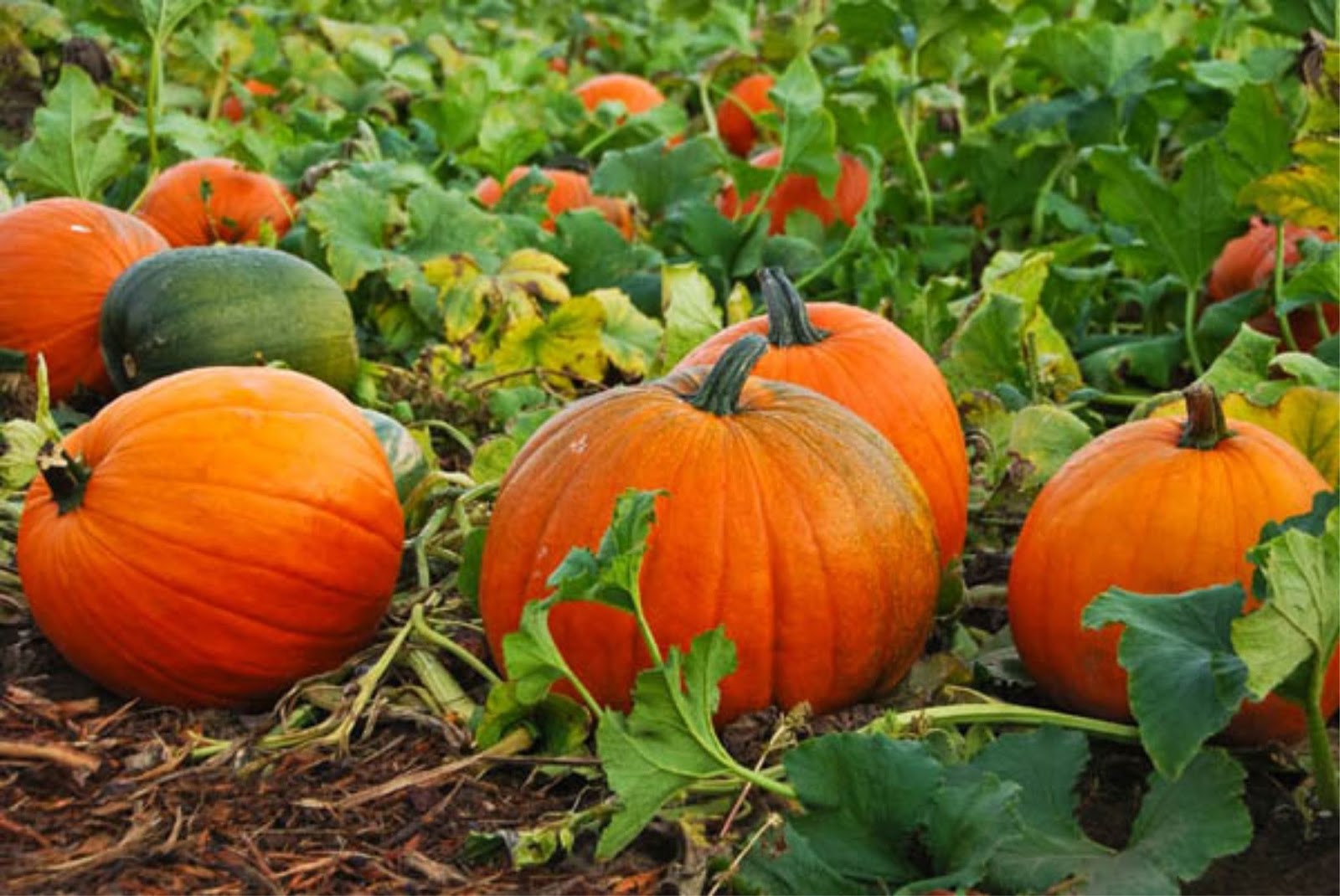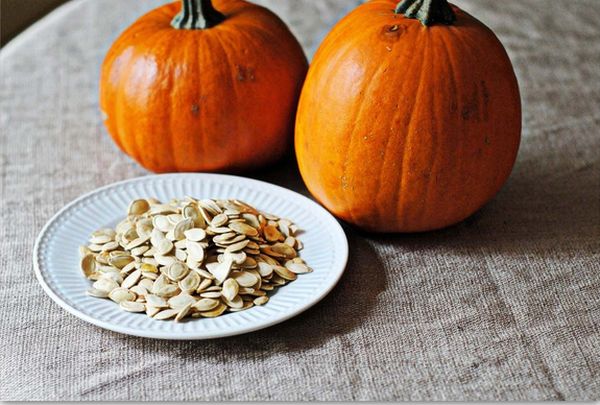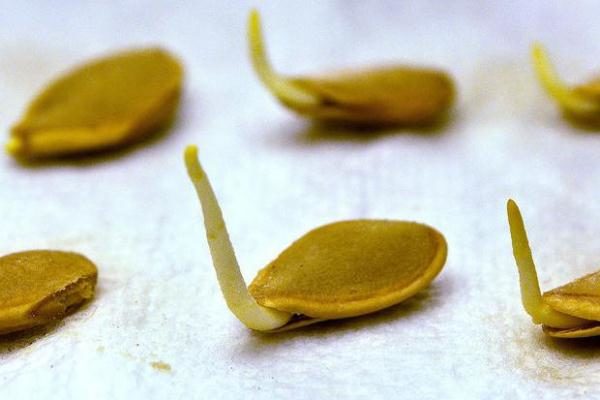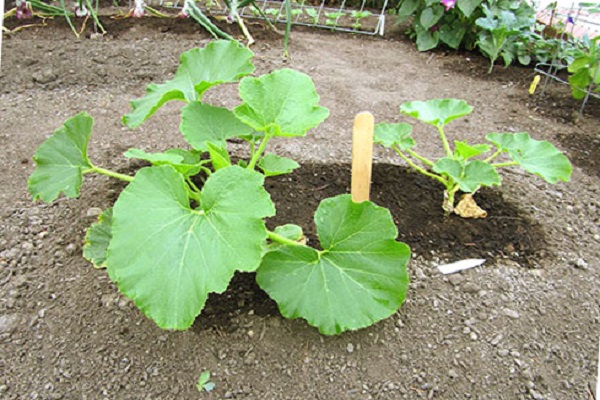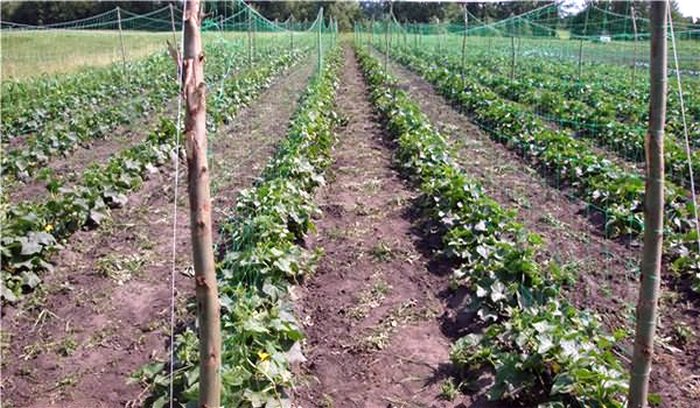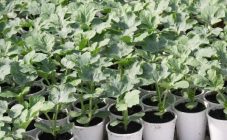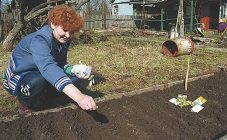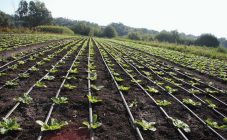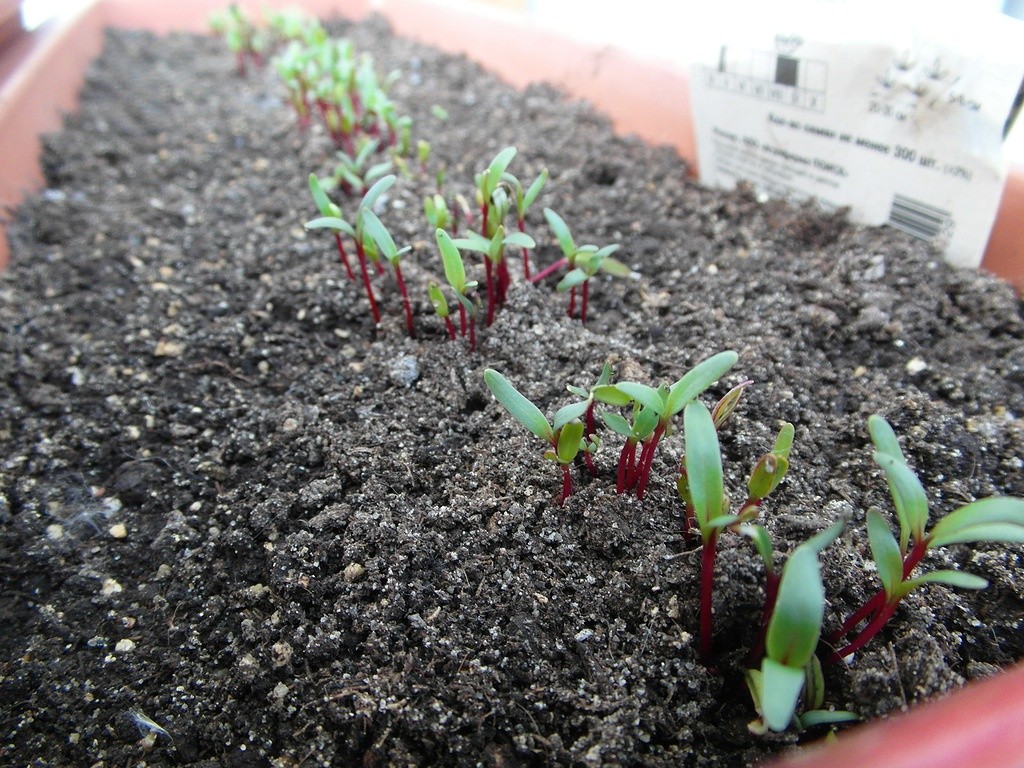Content:
Pumpkin is a heat-loving and unpretentious plant. This amazing berry came from the tropics, but thrives in the Russian climate. To grow a good harvest, you need to know how to plant a pumpkin in open ground with seeds.
Conditions for growing pumpkin
A good harvest of pumpkin in the country can be obtained if the necessary conditions for its cultivation are observed. Of all the varieties of melons and gourds, pumpkin is the most resistant to cold, but cold soil encourages rotting of its seeds. The heat-loving berry prefers well-warmed soil. Therefore, it is recommended to use a garden bed, brightly lit by the sun. It grows well on the south side of the wall or fence.
Suitable soil for pumpkin is sandy and sandy loam. Wet, clayey soil is diluted with coarse river sand, peat. Pumpkin does not grow well on acidic soil, therefore, 200 g of ash or chalk are deoxidized for each square meter. Planting the pumpkin next to or on the compost pit is good for growth.
The land is favorable after winter wheat, corn, perennial grasses, sunflowers. You can also plant a pumpkin in the garden after potatoes, onions, carrots, tomatoes, cabbage.
Before planting the pumpkin, weeding is carried out, the soil is dug to a depth of at least 30 cm, the soil Ph is stabilized to a neutral indicator.
Warming up the roots will help to provide the following techniques:
- warm bed;
- planting on a compost heap;
- mulching with black, transparent film;
- bottom layer in a pit of manure or chicken droppings;
- the presence of boulders in the garden, accumulating and giving off heat to the soil;
- planting in a trench.
Before planting a pumpkin, you need to properly prepare the garden. An ideal place to grow pumpkins is in a trench dug in early spring. Size - 50 cm wide and 40 cm deep. In the deepening, a nutritious and warm environment is created from fallen leaves, dry grass, manure, EM preparations. Branches are added for drainage. The substrate is watered abundantly with water and covered with soil. A pumpkin planted in such a trench does not need watering and fertilization.
Auspicious days for planting pumpkin
The pumpkin can be planted both as seedlings and seeds. In the northern part of Russia, the spring is cold and long, so the seedling method is used. If planting is planned in April, then the possibility of recurrent frosts should be taken into account. When choosing the exact landing date, you should focus on the region of residence.
Gardeners who are guided by the lunar calendar in 2018 should find out about the planting dates for next year.
Auspicious days in 2019 for planting pumpkins according to the lunar calendar:
- planting for seedlings in Siberia, in the Urals, as well as planting in open ground in the south - from May 7 to 10;
- the end of May is favorable: 17, 18, 27-30;
- planting in open ground in early June: 5, 11, 12, 14, 16.
Preparing pumpkin seeds
The pumpkin growing process begins with finding the right variety for seeds. For growing by seeds, they usually take early-ripening varieties, as well as nutmeg and hard pumpkin. Other varieties are planted with seedlings. The main problem is the risk of getting a re-grading, since the plant is easily re-pollinated. It is recommended to buy seed from serious gardeners and farmers, order from abroad.
One of the characteristic features of pumpkin seeds is their increased germination with age. Even 850-year-old seeds found by archaeologists have shown germination. To get a good harvest, fresh pumpkin seeds need to be prepared. Before planting pumpkin seeds, they are heated and hardened.
First, the seeds are heated by the sun, covered with a dark rag and left in direct sunlight for 5-6 hours. You can use the oven by keeping the seeds for 30 minutes at a temperature of 20 degrees, one hour at 30 and 40 degrees and another 2 hours at 50 degrees. After that, the seeds are immersed in water (25 degrees) or an ash solution and left to swell. The solution must be changed every 4 hours. After 12 hours, the seeds are removed and sent to the refrigerator for hardening for a day.
Planting pumpkin seeds in open ground
Before planting pumpkin seeds in open ground, prepare the soil.
Soil preparation before sowing consists in applying several types of fertilizers:
- 2 buckets of humus;
- half a bucket of sawdust;
- glasses "Nitrofoski";
- liter can of wood ash.
Next, you need to dig up the area to a depth of about 40 cm and pour it with hot water, since the seeds quickly rot in cold soil. At a depth of 10 cm, the ground temperature should be about 13 degrees.
Seeding depth and planting pattern depend on soil composition. In medium loamy soil, it is better to sow seeds to a depth of about 5-6 cm, in light soil - 8-10 cm.The hole size is 30 cm.The distance between nearby pits is 1 m, between rows - from 1.5 to 2 m. long lashes are planted with the same distance between holes and rows, equal to 150-200 cm. For late-ripening varieties, 3-4 m2 are required for each plant, for early-maturing varieties - from 1 to 2 m2.
Before sowing seeds, 1.5-2 liters of warm water (50 degrees) are spilled into each hole. In one hole, you need to place from 3 to 5 germinated seeds with the sharp end down, blunt up, a few centimeters from each other.
From above, the soil is sprinkled with peat chips or humus with a layer of no more than 2 cm. To accelerate the emergence of seedlings from seeds, the bed is covered with a film. Seedlings appear after 7 days. In warm weather, the film can be removed.
After the formation of two true leaves, weak shoots are pinched off. Pulling them out is not worth it, as you can damage the root system of strong shoots, and they will not develop. For a large-fruited variety, one sprout is enough, for nutmeg and hard-bore pumpkin - two. When 4-5 leaves appear, weak shoots are removed again.
Care Tips
Pumpkin care consists in proper watering, loosening, pinching, feeding.
Watering
Watering the pumpkin is needed mainly at the beginning of growth and in the middle of the process of fruit formation.
To prevent the pumpkin from becoming watery and tasteless, do not water:
- during flowering;
- small fruit size;
- before the final ripening of the fruit.
The leaves and stems of the plant are capable of accumulating moisture, so they are not threatened with wilting.
Proper watering is rare but plentiful. One plant requires 1-2 buckets of water at the root. Frequent waterlogging of the soil should be avoided. Its strong root system allows it to withstand short dry periods. The water temperature should be around 20 degrees.
Topping
The size of future fruits depends on this action. On one plant, you can get most often 2-3 pumpkins, less often - up to 7. The number of fruits set affects their future size. A huge pumpkin can be grown if only one fruit is left. The lash, which has reached a length of more than 1.5 m, is shortened. For each set fruit, leave from 4 to 6 leaves and remove the growth point. To strengthen the plant, the lashes are sprinkled with damp earth to form additional roots.
Loosening
Loosening of the soil is carried out to a depth of 8-10 cm in the initial period of growth, then by 5 cm to avoid damage to the roots.
Top dressing
The first feeding "Nitrofoskoy" (10 g each) is carried out when 3-5 leaves are formed, the second - at the beginning of the formation of lashes (15 g each). At high humidity, fertilizers are applied dry, in dry weather - in the form of a solution. Feed the pumpkin well with 1 cup of ash per plant. Mullein solution (1: 8) is also used. At the beginning of plant formation, 1 bucket of mullein is used for every 5 pumpkins. When fruits appear, 3 plants are fed with 1 bucket.
Hand pollination
With an insufficient number of bumblebees and bees, pumpkin is manually pollinated. Unlike the female flowers that sit on the stem, the male flowers grow on a long stem. In the morning hours (from 9 to 11) the male flower is plucked, peeled from the petals and the anther touches the pistils of the female flowers.
Pest control
The pumpkin is attacked by slugs, bears, spider mites, click beetles, melon aphids, sprout flies. It is necessary to loosen the soil, get rid of weeds and plant debris. Chemicals can accumulate in fruits, so it is better to use traditional methods. Spraying with soapy water, infusion of onion peels, ash helps. To scare off pests, marigolds, dill and onions are planted next to the pumpkin.
Cleaning
Ripe pumpkins are cut with a stalk about 6 cm long. The most comfortable storage temperature is 5-8 degrees. The pumpkins must be ripe, as the unripe fruit starts to rot. Late-ripening varieties are left to ripen in a dry and warm room, only on the 14th day they are removed for storage.
Pumpkin has a special taste, so not everyone can love dishes from it. But people who eat pumpkin are in good health. Pumpkin pulp with seeds has a huge number of beneficial properties that help with diabetes, obesity, stomach diseases, up to anti-cancer effects.
